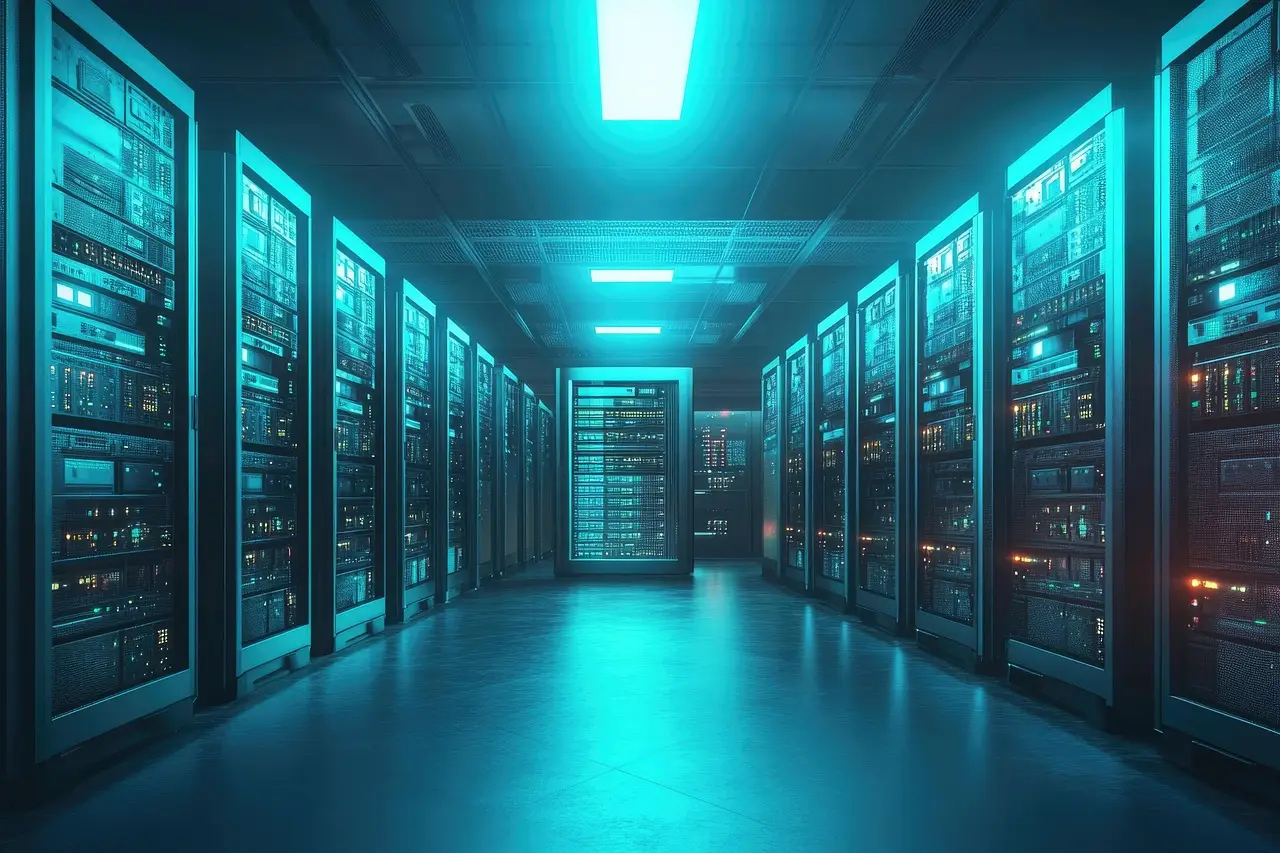Introduction
In the digital age, data storage is one of humanity’s most critical challenges. As our reliance on technology grows, so does the sheer volume of data we produce. Surprisingly, history shows that we’ve already hit our storage capacity not once, but twice. Each time, innovation saved us from a potential crisis. Could we face a third limit soon?
The First Storage Crisis: The Paper Explosion
Before digital storage, humanity relied on paper books, ledgers, and archives to preserve information. By the early 20th century, offices and libraries were drowning in paperwork.
- The Problem: Businesses and governments struggled with physical space, filing inefficiencies, and the risk of losing critical records to fires or decay.
- The Solution: The invention of microfilm in the 1920s and later magnetic tape in the 1950s allowed vast amounts of data to be stored in compact formats.
- Impact: This breakthrough delayed the crisis, but the digital revolution soon created an even bigger challenge.
The Second Storage Crisis: The Digital Data Flood
With the rise of computers and the internet in the late 20th century, digital data exploded. By the early 2000s, experts warned that hard drives and servers couldn’t keep up.
- The Problem: Storage costs were high, data centers consumed massive energy, and physical hard drives had limited lifespans.
- The Solution: Cloud computing (pioneered by companies like Amazon Web Services and Google) and solid-state drives (SSDs) revolutionized storage, making it cheaper and more scalable.
- Impact: Today, cloud storage and distributed systems handle exabytes of data, but demand keeps growing.
Are We Approaching a Third Storage Limit?
Experts predict that by 2025, the world will generate 175 zettabytes of data annually (compared to just 2 zettabytes in 2010). Emerging challenges include:
- Energy Consumption: Data centers already use ~1% of global electricity, raising sustainability concerns.
- Physical Limits: Silicon-based storage may soon hit atomic-level barriers, requiring new materials.
- Quantum & DNA Storage: Future solutions could involve quantum computing or even DNA data storage, which can theoretically store all human knowledge in a few grams of biological material.
Conclusion
Humanity has repeatedly overcome storage crises through innovation, first with microfilm, then with cloud computing. Now, as AI, IoT, and big data push limits again, we must prepare for the next revolution. Will quantum storage, DNA encoding, or something entirely new save us? One thing is certain: the race to store humanity’s knowledge is far from over.



